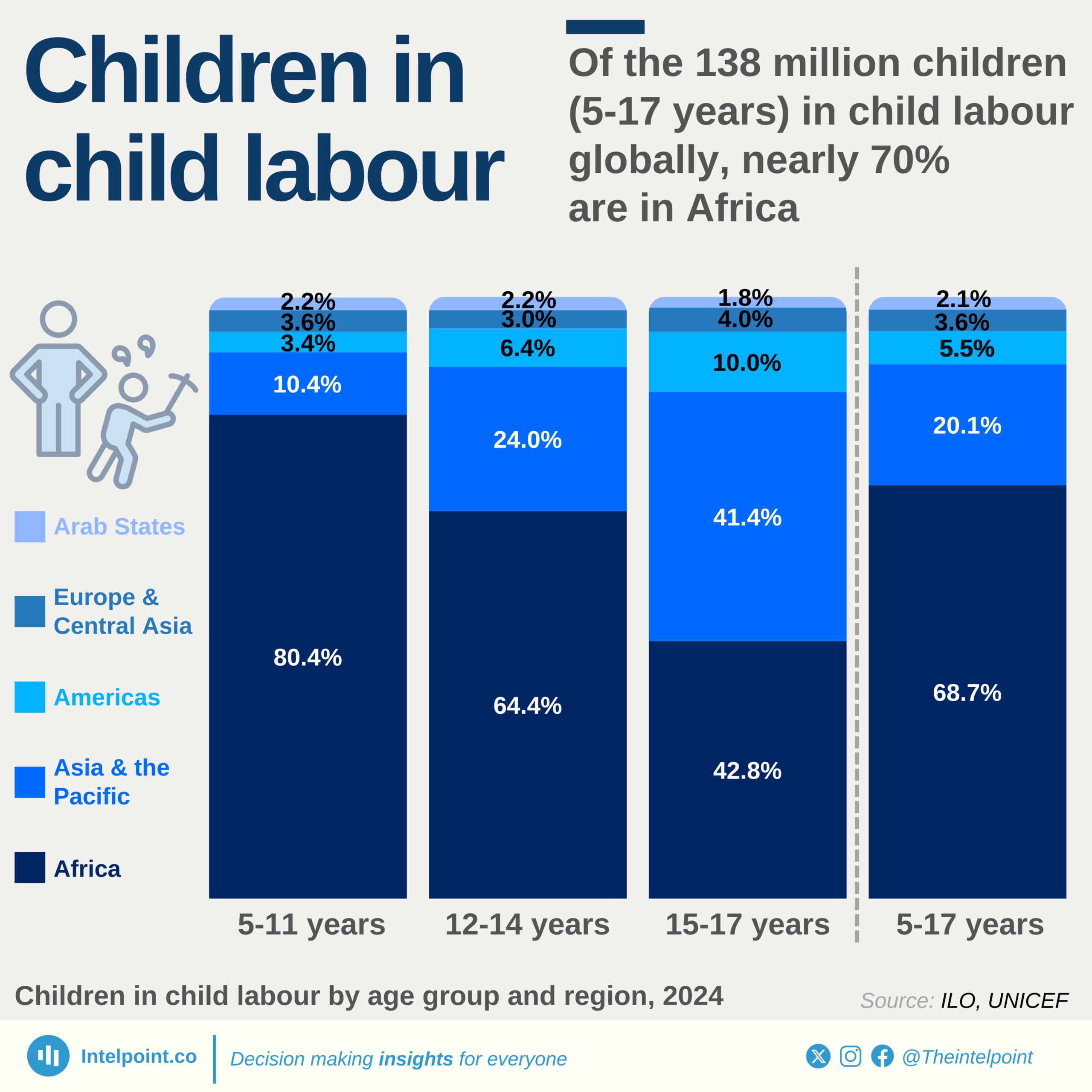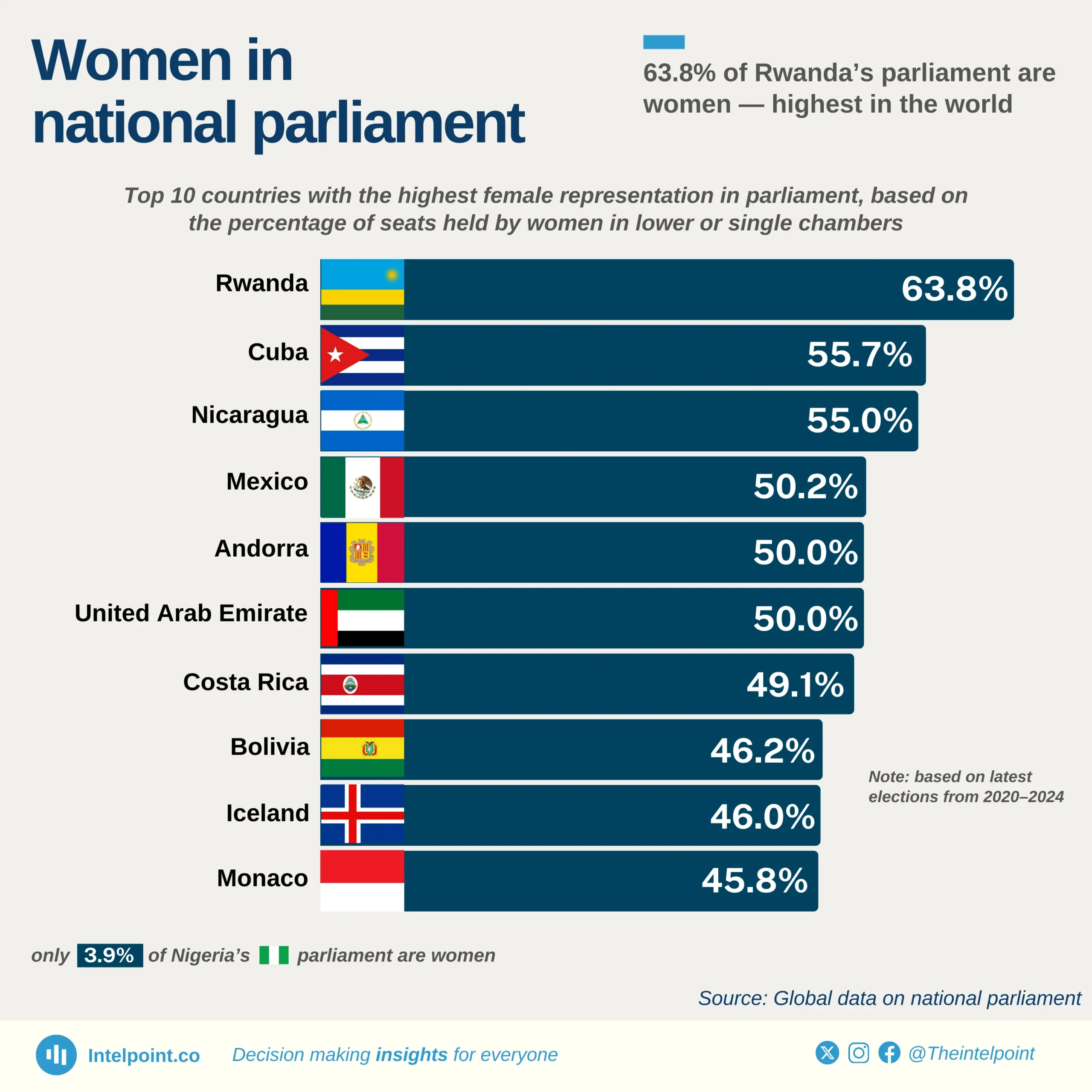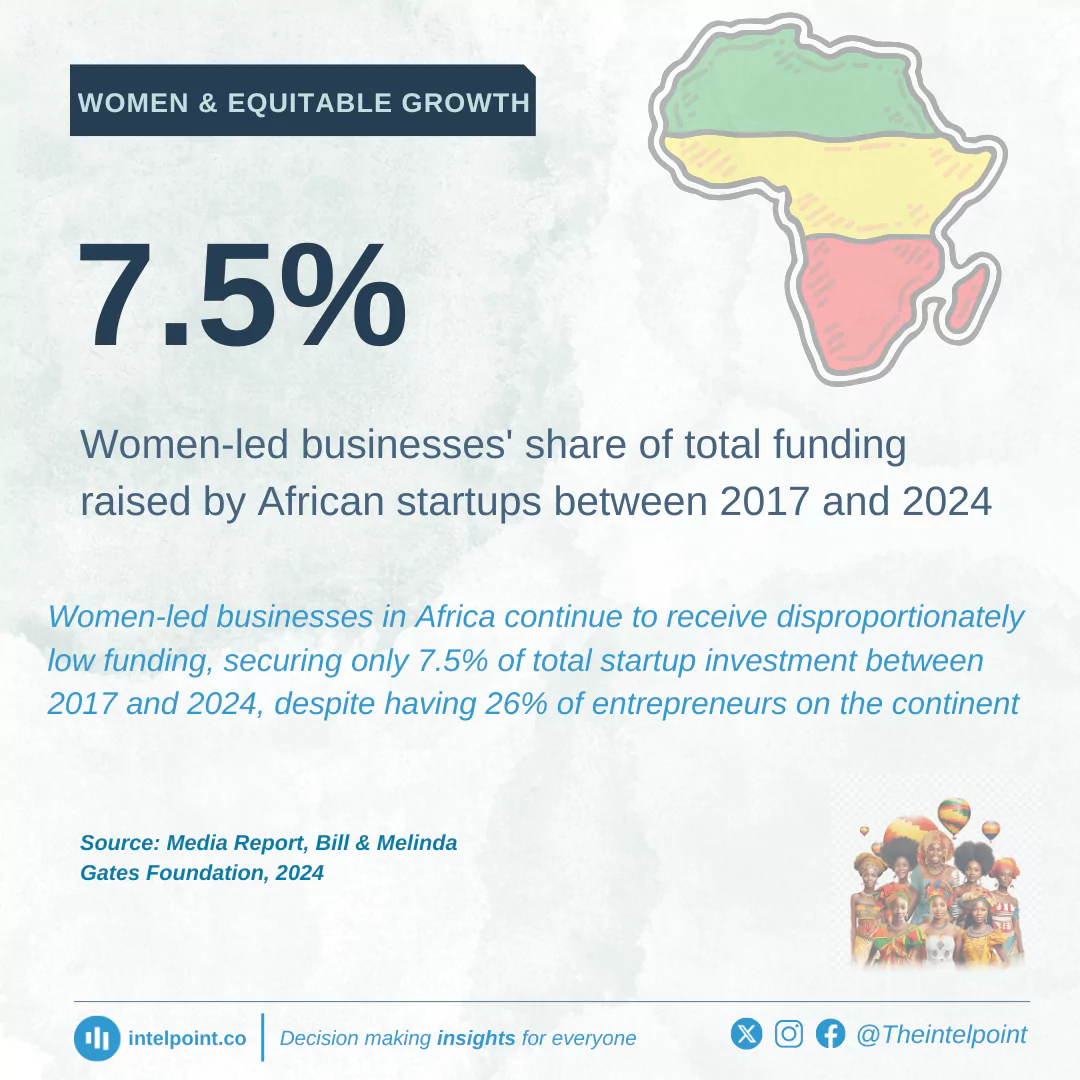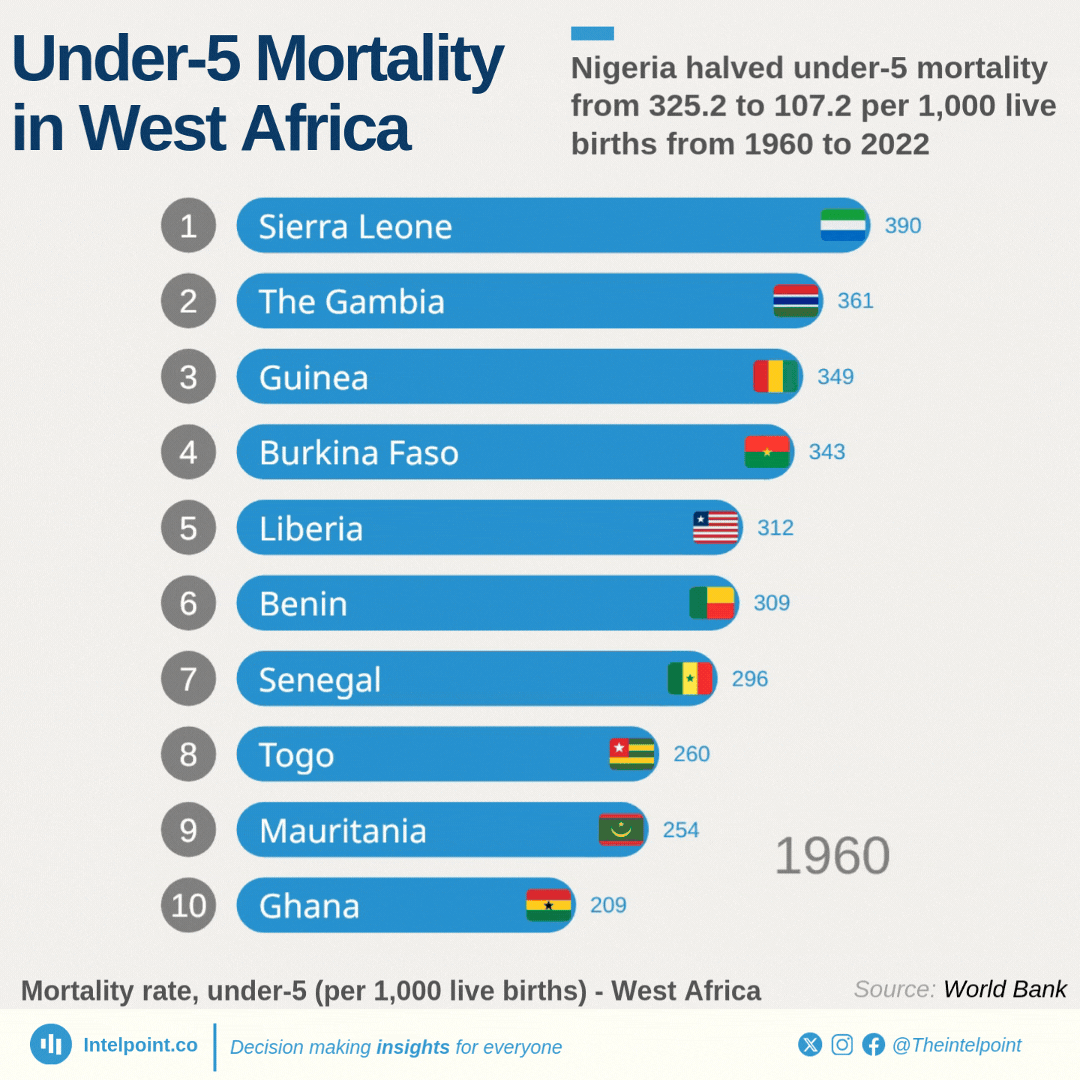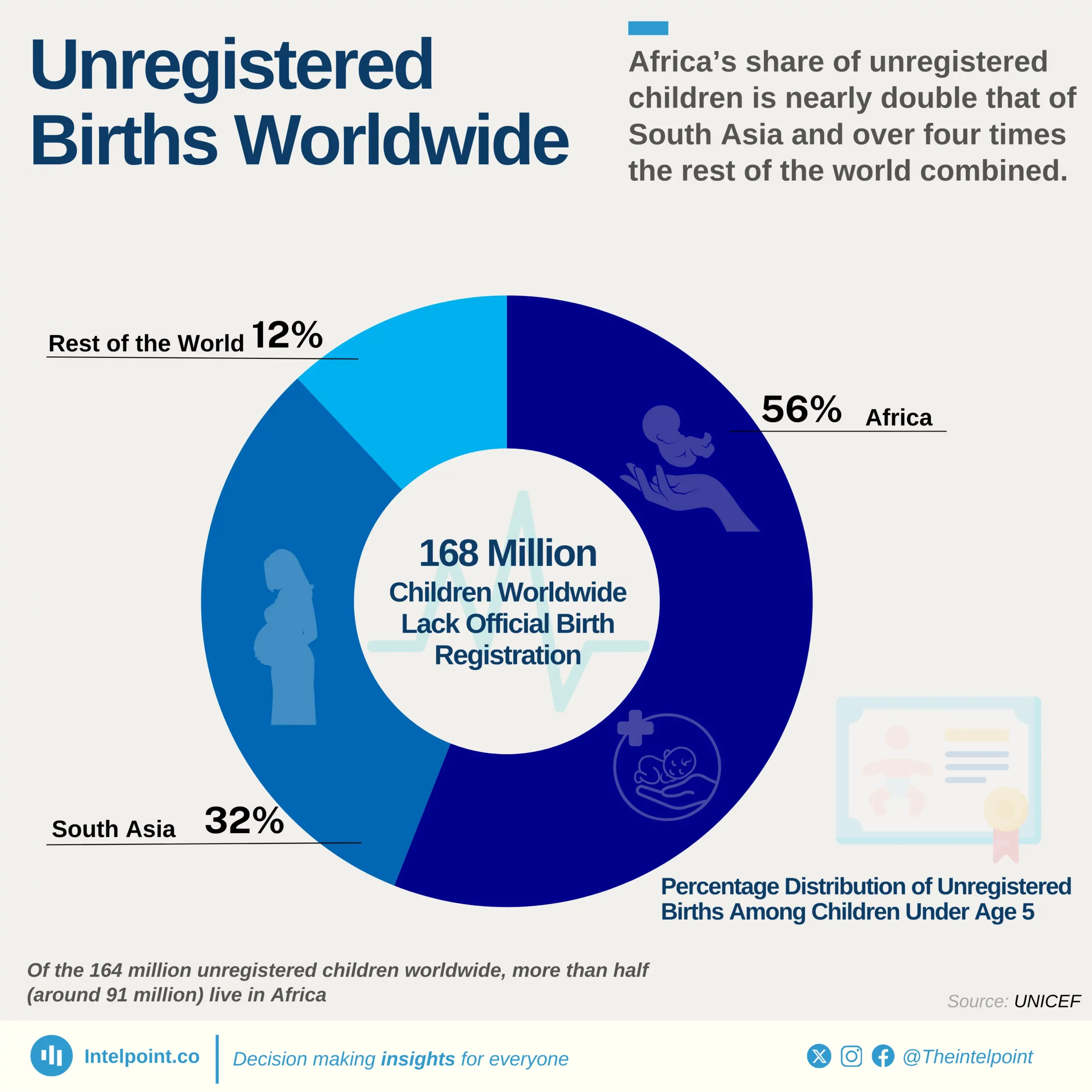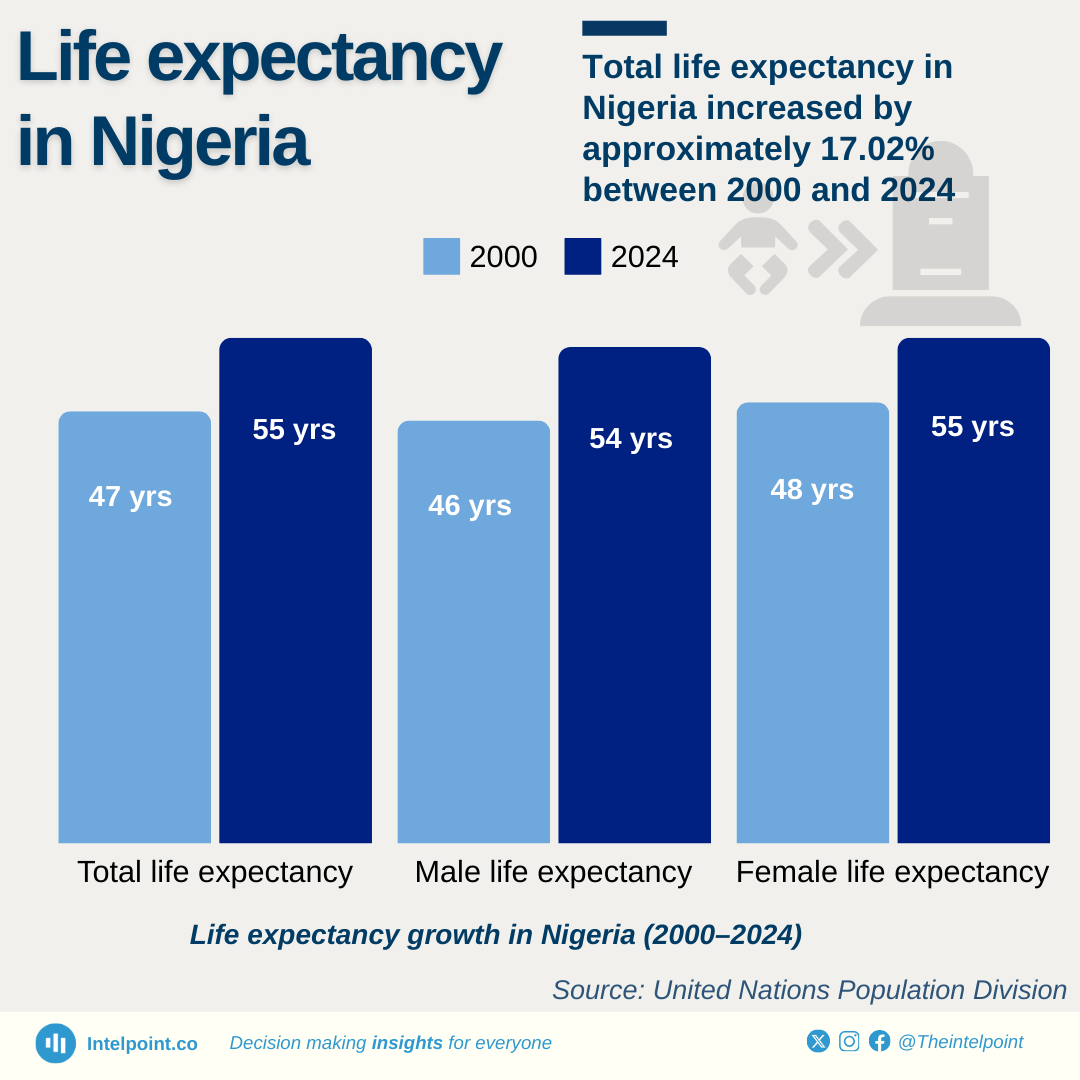Key takeaways:
The life expectancy across Africa in 2024 reveals variations in health narrations across the continent. Tunisia led with an impressive life expectancy of approximately 77 years. It is closely followed by its neighbours, Algeria (2nd), Morocco (4th), Egypt (7th), and Libya (8th), highlighting the region's relatively advanced healthcare systems.
Mauritius and Seychelles had a life expectancy of approximately 75 and 73 years, ranking fifth and sixth respectively. Cabo Verde ranked third with about 76 years of life expectancy at birth. While Botswana manages to secure a place in the top 10 with about 69 years, South Africa's position at 24th place with about 66 years, and Kenya, standing at 35th position with approximately 64 years, represents the mid-range for the continent.
Nigeria, Africa's most populous country, ranked 54th, with a life expectancy of approximately 55 years, nearly 22 years less than Tunisia's. These figures underscore the importance of sustained investments in healthcare to improve life expectancy and well-being in many parts of the continent.
